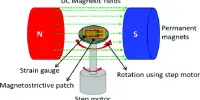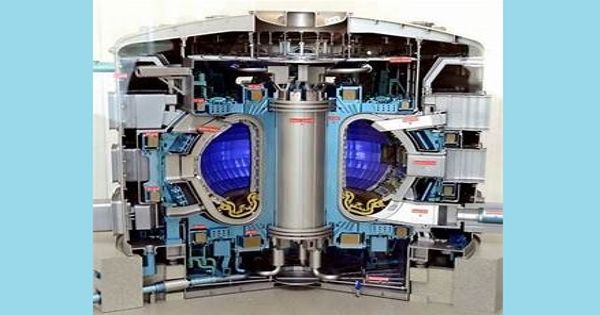At Simon Fraser University, scientists have made a significant advancement in the field of quantum technology.
Over 150,000 silicon “T center” photon-spin qubits were observed in their research, which was just published in Nature. This significant development creates the possibility to build massively scalable quantum computers and the quantum internet that will link them right away.
Advances in many other sectors, including as chemistry, materials research, health, and cybersecurity, could be made possible thanks to quantum computing, which has the immense potential to give computational capacity well beyond what is now possible with supercomputers.
It is important to develop both the communications technology that enables these qubits to link together at scale and stable, long-lived qubits that supply processing power in order to make this a reality.
Previous studies have shown that silicon can create some of the most reliable and durable qubits in the market. It has now been demonstrated in theory by research by Daniel Higginbottom, Alex Kurkjian, and colleagues that T centers, a particular luminous defect in silicon, can act as a “photonic link” between qubits.
This was produced by the SFU Silicon Quantum Technology Lab, which is co-led by Michael Thewalt, an emeritus professor, and Stephanie Simmons, a Canada Research Chair in Silicon Quantum Technologies.
By finding a way to create quantum computing processors in silicon, you can take advantage of all of the years of development, knowledge, and infrastructure used to manufacture conventional computers, rather than creating a whole new industry for quantum manufacturing. This represents an almost insurmountable competitive advantage in the international race for a quantum computer.
Professor Stephanie Simmons
“This work is the first measurement of single T centresin isolation, and actually, the first measurement of any single spin in silicon to be performed with only optical measurements,” says Stephanie Simmons.
“An emitter like the T centre that combines high-performance spin qubits and optical photon generation is ideal to make scalable, distributed, quantum computers, because they can handle the processing and the communications together, rather than needing to interface two different quantum technologies, one for processing and one for communications,” Simmons says.
T centers also have the benefit of generating light at the same wavelength as modern telecom networking and metropolitan fiber communications hardware.
“With T centres, you can build quantum processors that inherently communicate with other processors,” Simmons says. “When your silicon qubit can communicate by emitting photons (light) in the same band used in data centres and fiber networks, you get these same benefits for connecting the millions of qubits needed for quantum computing.”
Silicon-based quantum technology development offers chances for quickly scaling quantum computing.
The world’s semiconductor industry is already capable of mass-producing silicon computer chips at low cost and with astonishing levels of accuracy. From cellphones to the most potent supercomputers in the world, this technology is the foundation of contemporary networking and computing.
“By finding a way to create quantum computing processors in silicon, you can take advantage of all of the years of development, knowledge, and infrastructure used to manufacture conventional computers, rather than creating a whole new industry for quantum manufacturing,” Simmons says. “This represents an almost insurmountable competitive advantage in the international race for a quantum computer.”















